DIY Wild Lettuce Balm Sticks: Natural Nerve Pain Relief
If you’ve recently undergone surgery or are dealing with chronic nerve pain, finding effective relief can be a challenge.
That’s why I decided to make wild lettuce balm sticks out of necessity. Not only do they provide targeted pain relief, but they’re also easy to apply without making a mess. Let’s dive into this simple recipe that could become your next go-to remedy!
What is Wild Lettuce? 🌱
Wild lettuce, also known as Lactuca virosa, has been used traditionally for its analgesic and sedative properties. Often referred to as “opium lettuce,” it’s known for its ability to help relieve pain and promote relaxation. The sap from the wild lettuce can be cooked down to create a potent resin, perfect for infusing into balms.
Why Make Your Own Balm Sticks? 🌼
Creating your own wild lettuce balm sticks is beneficial for several reasons:
1. Targeted Application
Balm sticks allow for easy application to hard-to-reach areas like your back without the mess of pouring oil.
2. Natural Ingredients
You have complete control over what goes into your balm, ensuring it’s free from synthetic additives.
3. Pain Relief
Wild lettuce is known for its ability to soothe nerve pain, making this balm an invaluable tool for recovery.
Wild Lettuce Balm Sticks Recipe 🧴
Ingredients:
- 1 cup wild lettuce leaves (dried or fresh)
- 2 cups carrier oil (such as olive oil or coconut oil)
- 1/4 cup beeswax pastilles
- Optional: Essential oils for added benefits (such as lavender or eucalyptus)
Instructions:
Step 1: Prepare the Wild Lettuce Infusion
- Harvest and Dry: If using fresh wild lettuce, gather the leaves and allow them to dry completely. You can also use dried wild lettuce leaves from a reputable source.
- Combine Ingredients: In a slow cooker or double boiler, combine the wild lettuce leaves with 2 cups of your chosen carrier oil.
- Infuse the Oil: Heat the mixture on low for 4-6 hours. If you’re using a slow cooker, keep the temperature low to avoid burning the plant material. Stir occasionally to enhance the infusion.
Step 2: Strain the Oil
- Strain: After the infusion period, strain the oil through a fine mesh strainer or cheesecloth into a clean bowl, discarding the plant material.
- Optional Resin Step: If you want to create a resin, you can cook down the strained oil further until it thickens, but this step is optional.
Step 3: Make the Balm Sticks
- Combine Ingredients: In a double boiler, combine the infused wild lettuce oil with 1/4 cup of beeswax pastilles.
- Heat: Gently heat the mixture until the beeswax is fully melted, stirring occasionally.
- Add Essential Oils (Optional): If desired, remove from heat and stir in a few drops of essential oil for added fragrance and benefits.
- Pour into Molds: Carefully pour the mixture into lip balm tubes or small containers and allow it to cool completely before sealing.
How to Use Your Wild Lettuce Balm Sticks 🌟
- Application: Simply twist the balm stick and apply directly to the affected area. This targeted application helps alleviate nerve pain and discomfort.
- Frequency: Use as needed to manage pain, especially after surgery or during flare-ups.
Conclusion 🌼
Making your own wild lettuce balm sticks is a fantastic way to harness the natural pain-relieving properties of this remarkable plant. With their ease of application and effectiveness, these balm sticks can be a blessing during recovery. Don’t hesitate to give this simple recipe a try and find relief from nerve pain the natural way!
FAQs ❓
1. How long does the balm last?
When stored in a cool, dark place, your wild lettuce balm sticks can last up to one year.
2. Can I use fresh wild lettuce?
Yes! Fresh wild lettuce works well, but be sure to dry it thoroughly before infusion for best results.
3. Is this balm safe for everyone?
While wild lettuce is generally safe for topical use, those with allergies or sensitivities should conduct a patch test before widespread application.




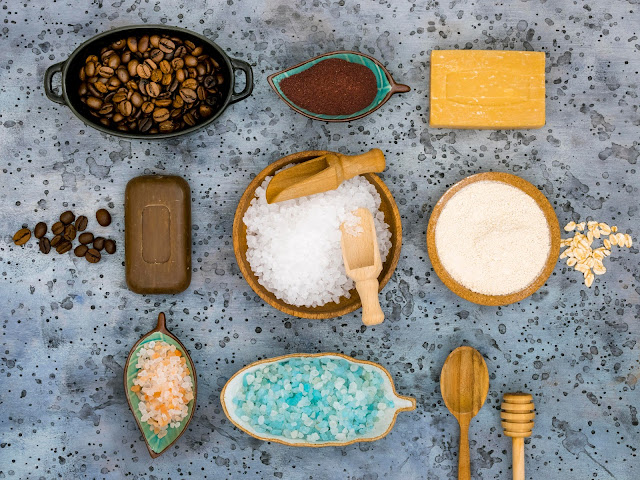

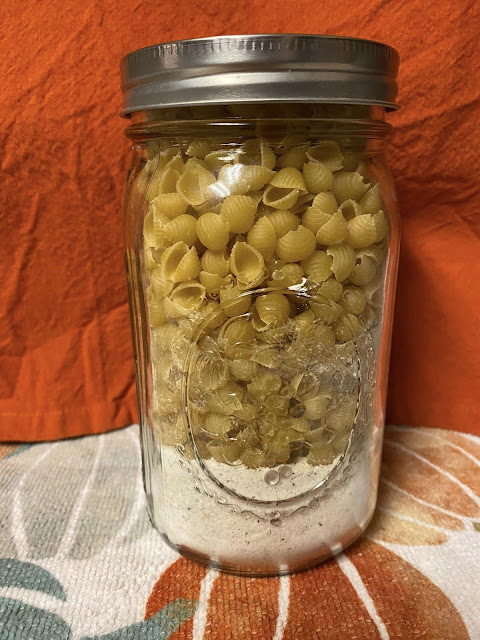




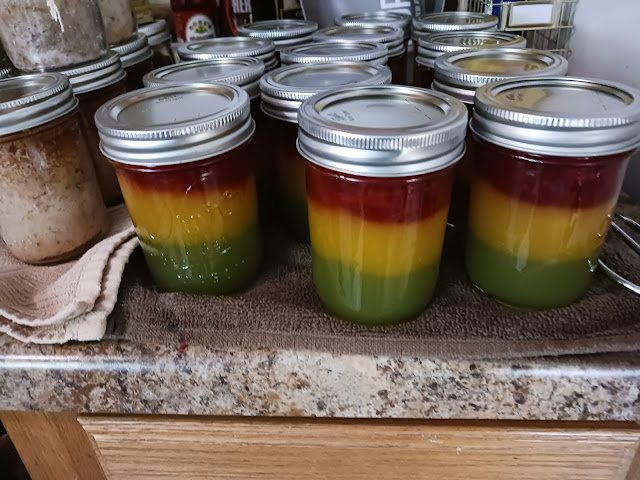

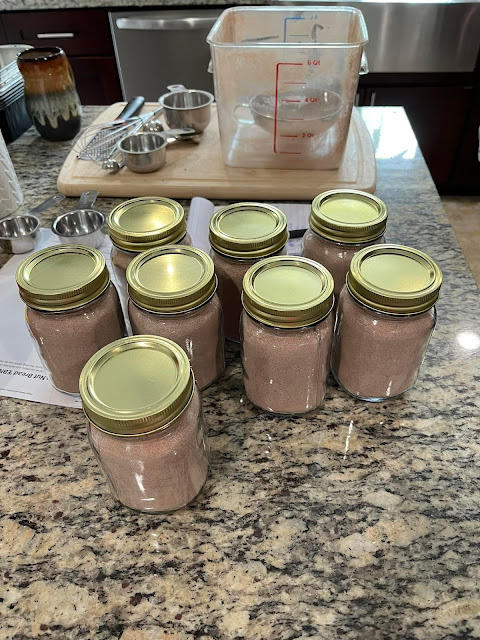
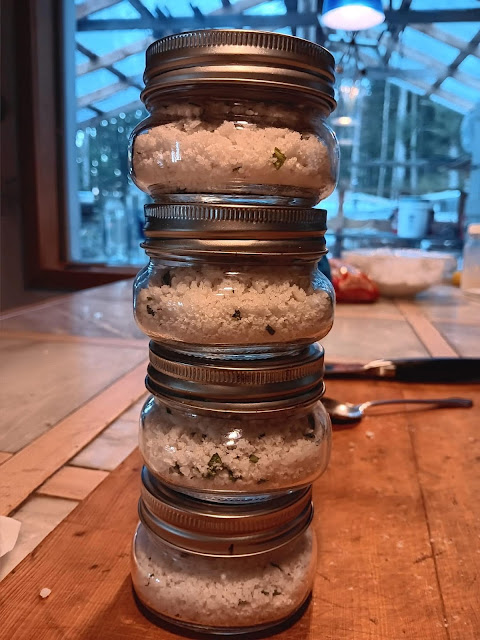
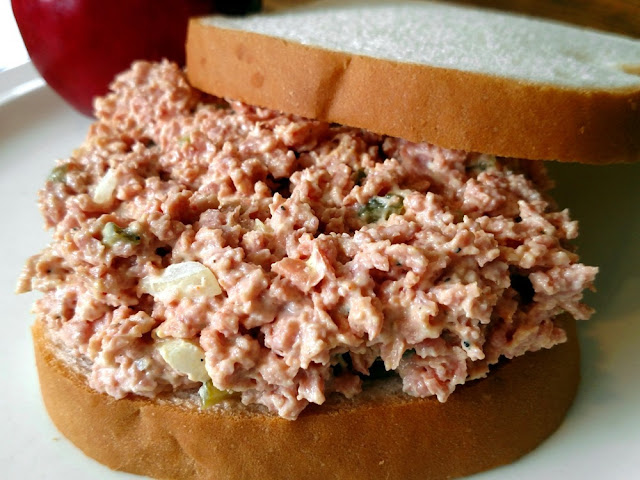
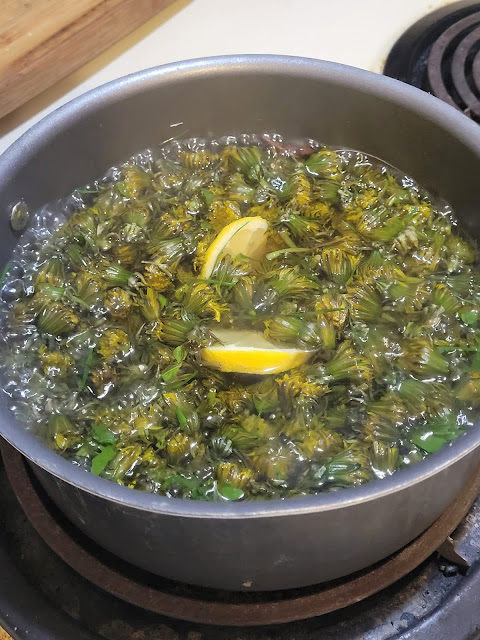



Comments